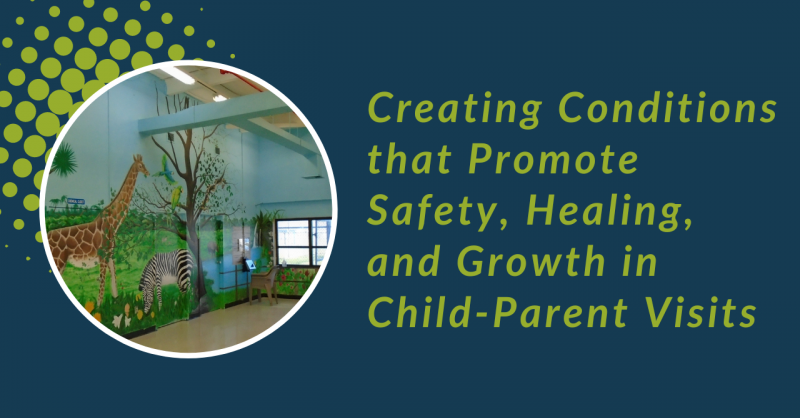Youth who receive special education services under the Individuals with Disabilities Education Act (IDEA 2004) and especially young adults of transition age, should be involved in planning for life after high school as early as possible and no later than age 16. Transition services should stem from the individual youth’s needs and strengths, ensuring that planning takes into account his or her interests, preferences, and desires for the future.
Children Who Have Been Exposed to Violence
Sixty percent of children and youth are victims of or witnesses to sexual violence, physical violence, intimate partner violence, or community violence in their homes, schools, and communities.1 Further, almost 40 percent of these children have been exposed to more than one form of violence, and 10 percent have experienced five or more instances of violence.2 Although violence can happen anywhere and affect anyone, children of incarcerated parents may be more likely to have experienced violence within their communities and homes.3 This concentrated exposure to violence can be traumatic for young people and affect their brain development, which can have lasting effects that persist into adulthood.
Resources
Defending Childhood Initiative
Attorney General Eric Holder launched the Defending Childhood initiative on September 23, 2010, to address a national crisis: the exposure of America’s children to violence as victims and witnesses. Building on lessons learned from previously funded research and programs, such as Safe Start, the Child Development-Community Policing Program, and the Greenbook Initiative, Defending Childhood leverages existing resources across the Department of Justice (DOJ) to focus on preventing, addressing, reducing, and more fully understanding childhood exposure to violence.
In 2010, DOJ awarded grants to eight sites in cities and tribal communities around the country to develop strategic plans for comprehensive community-based efforts that will further demonstrate the goals of this initiative. Each site received additional support in 2011 to help launch, sustain, and expand programs and organizations focused on the development of community-based solutions to address the problem. Four sites will be supported to develop comprehensive demonstration projects.
In addition to the demonstration program grants, the DOJ is committing additional funding for research, evaluation, public awareness, and training for professional members and affiliates of national organizations through the initiative.
Federal partners include the Executive Office of United States Attorneys, the Federal Bureau of Investigation, the Office of Community Oriented Policing Services (COPS), the Office on Violence Against Women, and the Office of Justice Programs.
Report of the Attorney General’s National Task Force on Children Exposed to Violence: Final Report and Recommendations (PDF, 256 pages)
Based on the testimony at four public hearings, on comprehensive research, and on extensive input from experts, advocates, and impacted families and communities nationwide, the Defending Childhood Task Force issued a final report to the Attorney General that presented its findings and comprehensive policy recommendations in December 2012. The report is a blueprint for preventing children’s exposure to violence and for reducing the negative effects experienced by children exposed to violence across the United States.
» Learn more about Children of Incarcerated Parents at youth.gov/COIP.
» Join the Children of Incarcerated Parents listserv.
Research links early leadership with increased self-efficacy and suggests that leadership can help youth to develop decision making and interpersonal skills that support successes in the workforce and adulthood. In addition, young leaders tend to be more involved in their communities, and have lower dropout rates than their peers. Youth leaders also show considerable benefits for their communities, providing valuable insight into the needs and interests of young people
Statistics reflecting the number of youth suffering from mental health, substance abuse, and co-occurring disorders highlight the necessity for schools, families, support staff, and communities to work together to develop targeted, coordinated, and comprehensive transition plans for young people with a history of mental health needs and/or substance abuse.
Nearly 30,000 youth aged out of foster care in Fiscal Year 2009, which represents nine percent of the young people involved in the foster care system that year. This transition can be challenging for youth, especially youth who have grown up in the child welfare system.
Research has demonstrated that as many as one in five children/youth have a diagnosable mental health disorder. Read about how coordination between public service agencies can improve treatment for these youth.
Civic engagement has the potential to empower young adults, increase their self-determination, and give them the skills and self-confidence they need to enter the workforce. Read about one youth’s experience in AmeriCorps National Civilian Community Corps (NCCC).










